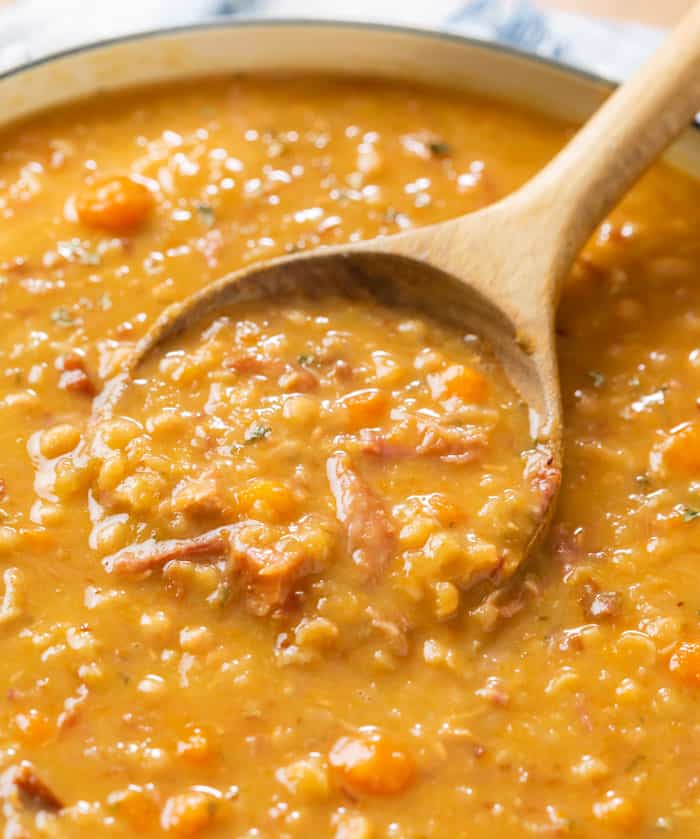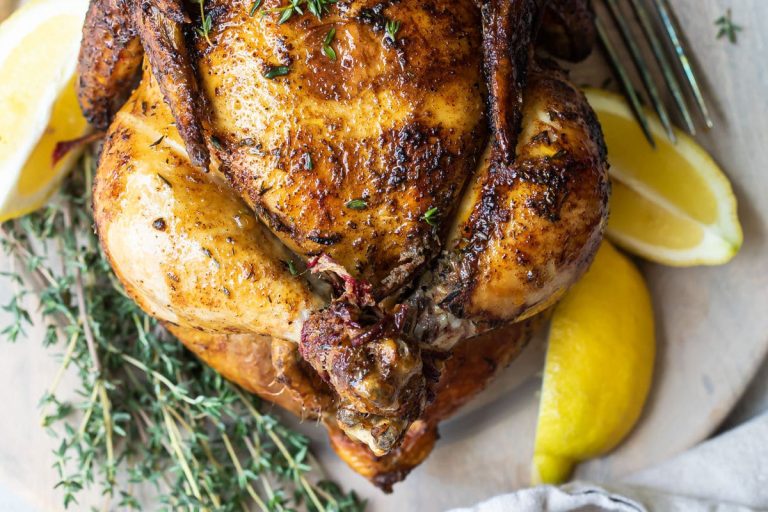Ham And Bean Soup Recipe
Ham and bean soup has roots in various ancient cultures. Its origins date back to the early civilizations, where legumes and meats featured prominently in daily diets. The Greeks and Romans cooked similar dishes as they valued the nutritional benefits of beans. In medieval Europe, peasants often made bean soups with pork because these ingredients were affordable and accessible.
In the United States, ham and bean soup gained popularity during the colonial period. It became a staple in many households due to its simplicity and ability to stretch ingredients. The soup’s cultural significance extends beyond sustenance as it often symbolizes community and shared meals.
Evolution of the Recipe
The ham and bean soup recipe has evolved significantly over the centuries. Initially, cooks used whatever beans and leftover ham were available. As trade routes expanded, new ingredients like spices and vegetables began to enrich the recipe. By the 19th century, regional variations started to emerge, reflecting local tastes and available ingredients.
Modern recipes now incorporate diverse beans, including navy, pinto, and black beans, and additional ingredients like carrots, celery, and onions to enhance flavor. Advances in cooking techniques, such as slow cookers and pressure cookers, have also made it easier to prepare this classic dish.
Key Ingredients for Ham and Bean Soup
Choosing the Right Ham
Selecting the appropriate ham is crucial. For a flavorful broth, use a ham hock or a ham bone. These cuts provide depth due to their marrow and connective tissues. If a meatier version is preferred, opt for diced ham pieces. Smoked hams lend a smoky essence, enhancing the soup’s profile. Always check for a balance between meatiness and bone content for optimal results.
Types of Beans to Use
Beans are the heart of this soup. Navy beans are a popular choice, offering a creamy texture once cooked. Great Northern beans work well if a milder flavor is desired. For a colorful twist, mix kidney beans with cannellini beans, adding both nutrients and visual appeal. It’s essential to pre-soak dried beans overnight, expediting cooking and improving texture. For convenience, use canned beans after draining and rinsing them thoroughly.
Step-by-Step Cooking Guide
Preparing the Ingredients
Gather all necessary ingredients before starting to cook. Use a pound of dried navy beans or your preferred bean mixture. If using dried beans, soak them overnight or at least eight hours. Drain and rinse them before use. If you opt for canned beans, drain and rinse them to reduce sodium content. Choose ham hock, diced ham, or a smoked ham bone for rich flavor. Chop one large onion, two carrots, and two celery stalks into small, uniform pieces. Mince three cloves of garlic. Measure out two teaspoons each of dried thyme and rosemary, and a bay leaf for added flavor. Keep six cups of chicken broth or vegetable stock handy.
Cooking Techniques
Use a large stockpot or Dutch oven to start. Heat two tablespoons of olive oil over medium heat. Add diced onions, carrots, and celery. Sauté for five minutes until vegetables soften. Add minced garlic, thyme, rosemary, and a bay leaf. Stir for 30 seconds until fragrant. Add pre-soaked or canned beans, ham hock, and six cups of broth or stock. Stir well. Increase heat, bringing the mixture to a boil. Reduce heat to low, cover, and let simmer for 1.5 to 2 hours. Stir occasionally. Remove the ham hock. Shred any meat; discard bones and fat. Return meat to the soup. Use a potato masher to mash some beans directly in the pot for a creamier texture. Adjust salt and pepper to taste before serving hot.
Nutritional Benefits of Ham and Bean Soup
Protein and Fiber Content
Ham and bean soup offers high levels of protein and fiber. Ham provides about 25 grams of protein per 3-ounce serving, which contributes to muscle repair and growth. Beans also contribute, with navy beans offering around 15 grams of protein and 19 grams of fiber per cup. Kidney and cannellini beans provide similar benefits, making the soup a rich source of these essential nutrients.
Vitamins and Minerals
This soup contains various vitamins and minerals essential for your health. Ham supplies B vitamins like B6 and B12, which support brain function and red blood cell production. Beans add folate, iron, and magnesium. Folate promotes cell growth, iron supports oxygen transport, and magnesium aids in muscle and nerve function. The vegetables in the soup add vitamins A and C, enhancing its nutritional profile.
Serving and Pairing Ideas
Accompaniments
Cornbread, fresh-out-of-the-oven rolls, or crusty bread perfectly complement ham and bean soup. Add a salad to elevate your meal—consider a simple mixed green salad or a tangy coleslaw. To enhance the flavor, garnish your soup with chopped parsley or a sprinkle of grated cheese. For a heartier meal, serve your soup with mashed potatoes or roasted root vegetables.
Wine Pairing Suggestions
Pairing wine with ham and bean soup can enhance your dining experience. Pinot Noir, with its light body and fruity notes, complements the savory ham. For a white wine option, consider a crisp Sauvignon Blanc, offering a refreshing contrast to the richness of the soup. If you prefer red, Zinfandel provides a bold flavor that matches well with the hearty bean component.
Conclusion
Ham and bean soup isn’t just a hearty meal; it’s a culinary journey through history and cultures. By carefully selecting the best ingredients, you can create a nutritious and flavorful dish that satisfies both body and soul. Pair it with cornbread, a fresh salad, or a well-chosen wine like Pinot Noir or Sauvignon Blanc for an unforgettable dining experience. Whether you’re cooking for family or friends, this timeless soup is sure to become a cherished favorite in your recipe collection.






